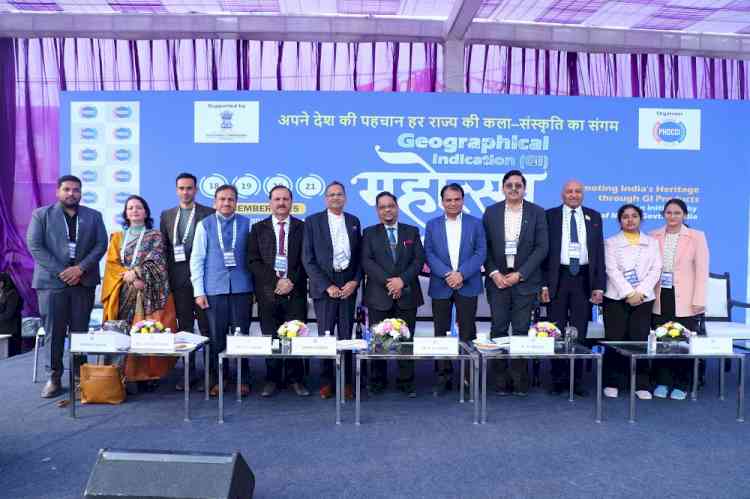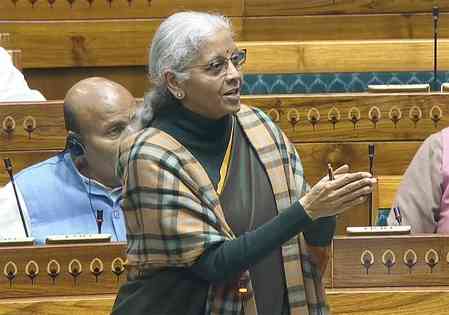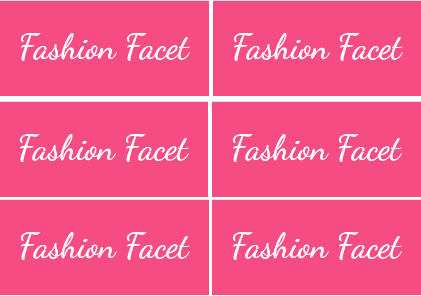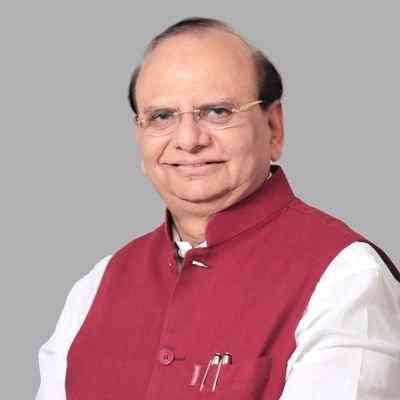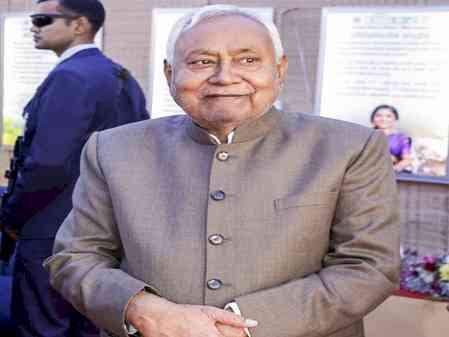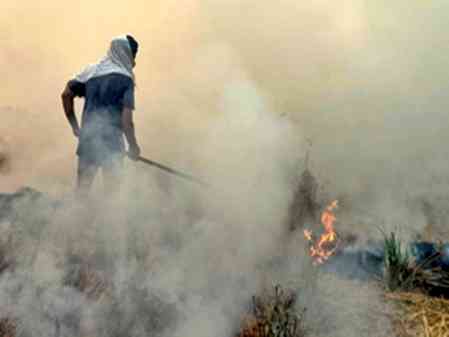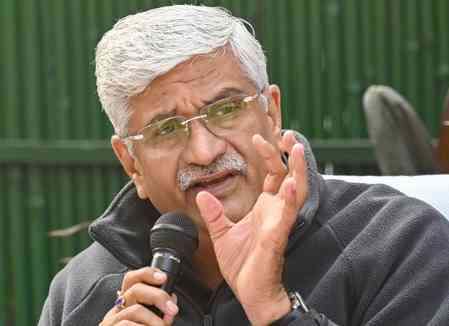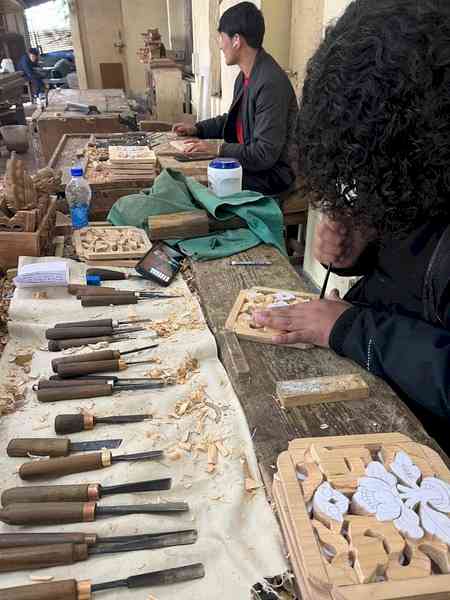US tariffs to cut Indian leather industry revenue 10-12% this fiscal
Operating margin to drop 150-200 bps; credit profiles to weaken
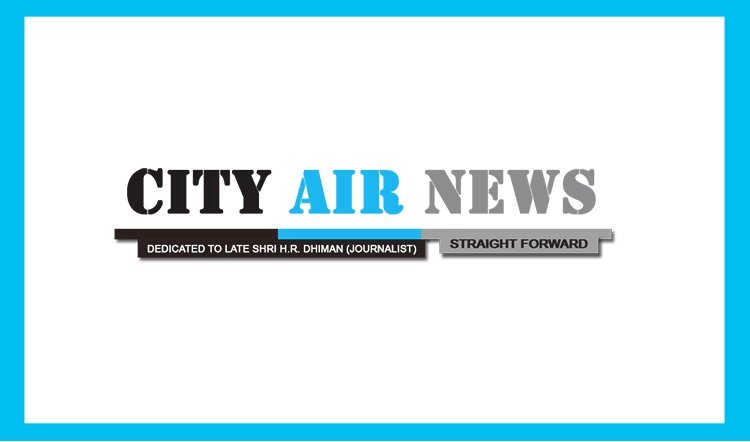
Mumbai, October 23, 2025: The leather and allied products industry in India will see revenue decline 10-12% on-year this fiscal as the 50% tariff (25% reciprocal tariff plus 25% penalty for purchase of Russian oil) imposed by the United States (US) will slash export volume. Given the significant export concentration, the decline would be despite a moderate improvement in domestic demand following the rationalisation of Goods and Services Tax (GST) besides other favourable macro-economic factors such as lower income taxes, benign inflation, and low interest rates.
Operating profitability will slide 150-200 basis points (bps), primarily driven by headwinds in the export segment and the muted operating performance will in turn weaken credit profiles.
An analysis of 34 leather companies rated by Crisil Ratings, comprising around 12.5% of the industry revenue, indicates as much.
The leather and allied products industry is estimated to have logged a revenue of ~Rs 56,000 crore in fiscal 2025 and exports accounted for ~70% of the revenue pie. A large chunk of the exports was to the European Union (over 50%) and the US (~22%).
Signs of a slowdown in the US export demand were already visible with the 25% reciprocal tariff taking effect in the first week of August. The additional 25% punitive tariff, effective August 27, 2025, has placed India at a further disadvantage vis-à-vis other major exporting nations such as Cambodia, Italy, Vietnam and France, where the US tariffs are lower at 15% to 20%.
Says Jayashree Nandakumar, Director, Crisil Ratings, “With loss of orders from the US, the export volume is expected to drop 13-14% this fiscal. Revenue will be hit harder as the bulk of exports to the US is of finished leather products such as shoes and leather accessories, which fetch higher realisations. Indeed, at ~$14 per unit (on weighted average basis), realisation on these finished goods is 14-15% higher than on the overall basket. Thus, export revenue is projected to fall 14-16% to $3.9-4 billion this fiscal.”
Crisil Ratings understands, exports to US have been severely hit with orders cancelled or put on hold since the 50% tariff became effective. Moreover, numerous entities, particularly tanneries and small leather product manufacturing units with significant exposure to the US were shut down in the past two months. To combat the revenue loss and declining profitability, exporters are resorting to measures such as diversifying to other markets with favourable duty structure and shifting/outsourcing production to other regions. However, these are still in nascent stages and will take time to implement and bear fruit, especially given the macro uncertainty.
That said, the recently signed Free Trade Agreement (FTA) with the United Kingdom, sustained demand from markets apart from the US, and efforts to penetrate other export destinations may help contain the fall in export revenue.
In the domestic market, on the other hand, the reduction of GST on leather products from 18% to 12% is expected to enhance affordability and drive premiumization. Additionally, the income tax benefits announced in the Union Budget, combined with lower interest rates resulting from policy rate cuts by the Reserve Bank of India and stable inflation rates, are likely to boost consumption.
The decline in export demand, along with steady supply, may put downward pressure on raw material prices. The marginal decline seen in raw and tanned leather prices will provide some relief to exporters, but not enough to offset the tariff impact.
Lower revenue will result in weaker operating leverage, dragging down operating profitability of exporters.
Says Athul Sreelatha, Associate Director, Crisil Ratings, “Leather manufacturing is highly labour intensive and involves significant fixed cost of 25-30% by way of salary, leases and maintenance, among other expenses. Lower revenue and weak fixed cost absorption will compress the operating profitability of exporters by 250-300 bps this fiscal. However, the growth in domestic revenue will restrict the decline in the operating profitability of the overall industry to 150-200 bps.”
That will affect financial profiles, especially debt protection metrics of players, with net cash accrual to total debt ratio and interest coverage seen weakening to 0.1 time and 2.5 times, respectively, this fiscal from 0.2 time and 3.7 times last fiscal.
However, leverage levels are expected to remain stable. The reduction in GST on intermediate leather goods to 5% from 12% should provide some respite by reducing both working capital requirement and reliance on external debt. The absence of any significant debt-funded capital expenditure plans will also keep leverage in check. Total outside liability to adjusted networth (TOL/ANW), a measure of overall leverage, is seen stable at less than 1 time this fiscal.
In this milieu, four key factors bear watching. These are i) the evolving tariff environment and its impact on leather demand, ii) the ability of processors to offset the revenue loss from the US by increasing sales to other markets, iii) the impact of re-export of Indian goods exported to Europe and iv) potential heightened forex volatility.


 City Air News
City Air News 

